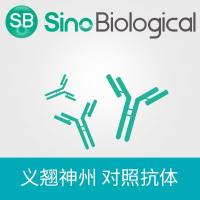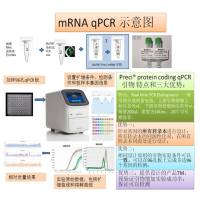Characterization of Bovine Spongiform Encephalopathy and Scrapie Strains/Isolates by Immunochemical Analysis of PrPSc
互联网
611
In the past two decades, thoroughly standardized mouse incubation time and brain lesion profile scoring assays have been developed to discriminate between prion strains. However, in these mouse infection experiments, large numbers of animals (about 20 mice/line) from three different highly inbred mouse lines (C57Bl, VM95, RIII), plus their intercrosses, need to be infected, and their brain tissues subsequently examined (1 -8 ). Although results obtained are highly reliable, the effort and time needed for conducting these experiments are considerable. Therefore, alternative criteria and techniques have been developed to characterize transmissible spongiform encephalopathy (TSE) agents. Prion infections are accompanied by the accumulation of an abnormal isoform (designated PrPSc) of normal host-encoded prion protein (PrPC). Both isoforms have the same amino acid sequence and molecular mass, but differ significantly in their three-dimensional structure and biochemical characteristics. The three-dimensional structure of PrPC is characterized by a high ?-helical content (9 ); all or part of it undergoes a posttranslational modification to β-sheet in PrPSc (10 -12 ). Although PrPC (33-35 kDa) is completely hydrolyzed by protease treatment, PrPSc is partially resistant to proteinase K(PK) as 62 N-terminal amino acids are cleaved, leaving a core fragment of approx 141 amino acids (27-30 kDa) unhydrolyzed (13 ).








